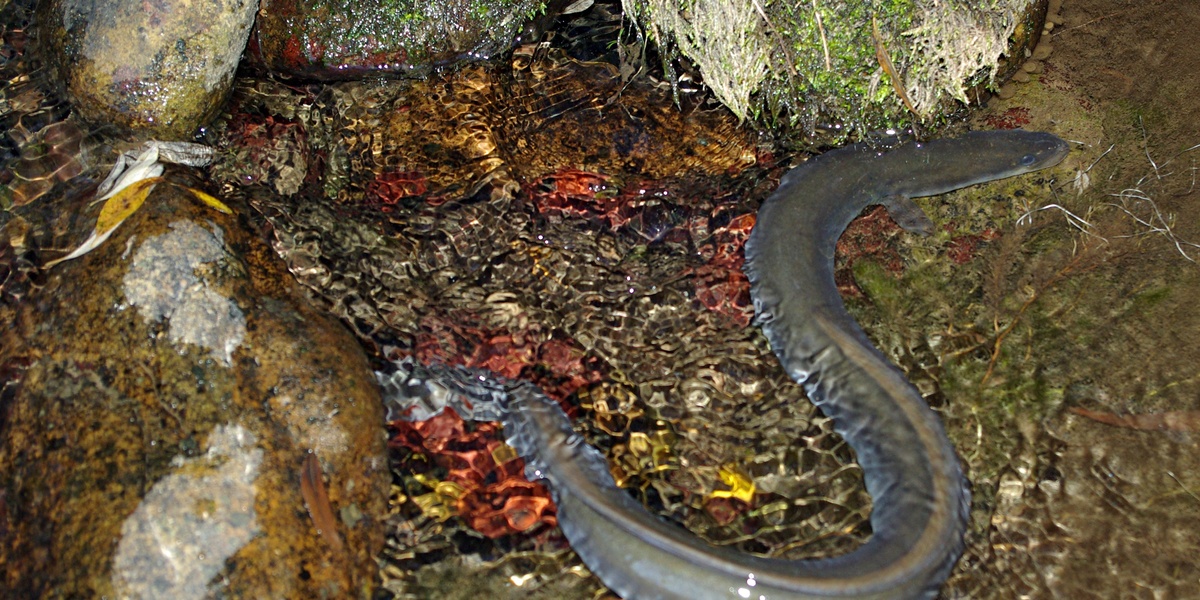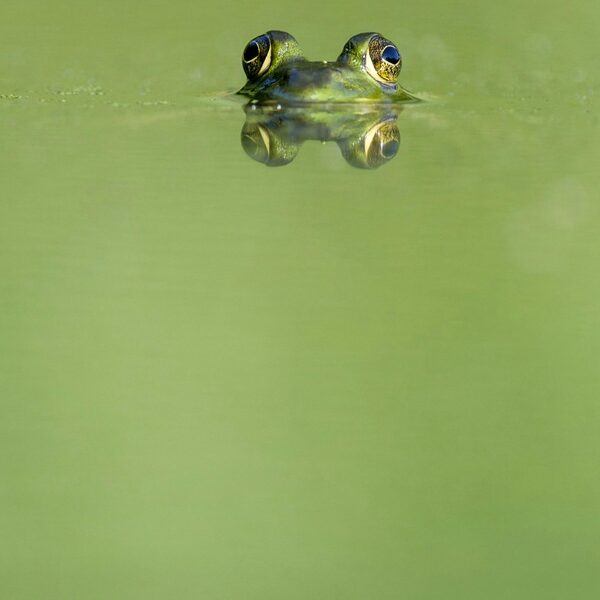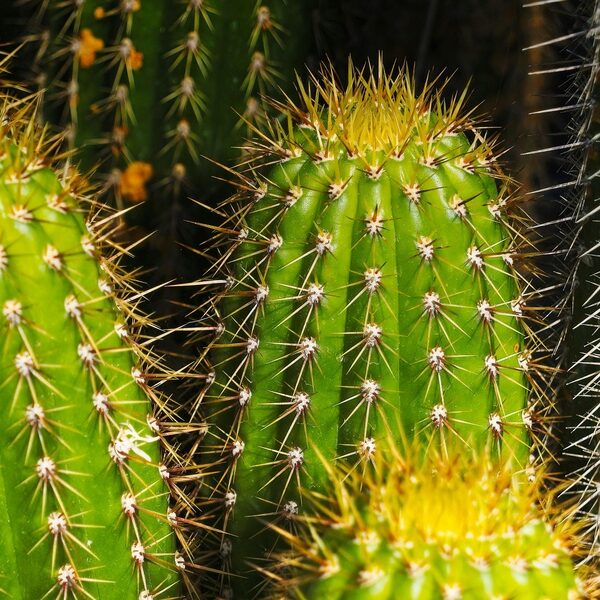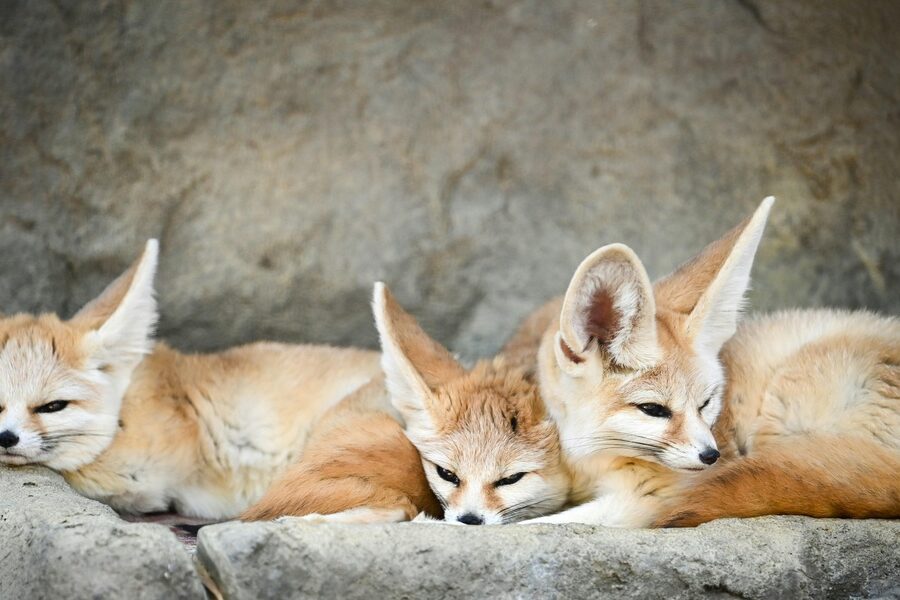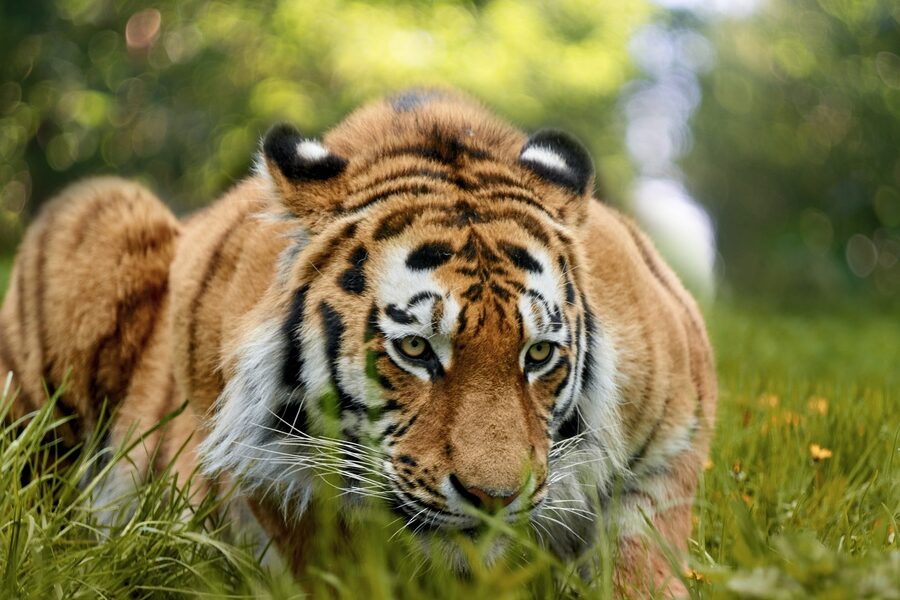Denmark’s mix of islands, coasts and small woodlands supports a surprising variety of wildlife, but many species are under pressure from land‑use change, pollution and invasive plants and animals. Recognizing which animals are at risk helps focus conservation efforts and public awareness across habitats from dunes to wetlands.
There are 25 Endangered Species in Denmark, ranging from the Agile Frog to the Smooth Snake. For each species you’ll find below the Scientific name, Red List status and Main habitat so you can quickly see where they live and how threatened they are.
How are species assessed as endangered in Denmark?
Assessments use national and IUCN criteria, combining population trends, range size and documented threats; Danish experts, monitoring programs and published surveys feed into the Red List so classifications reflect recent data and habitat changes.
What can an individual do to help protect these species?
Practical steps include creating native habitat (avoid pesticides, plant local species), reporting sightings to citizen‑science platforms, respecting access rules in sensitive areas, and supporting local conservation groups or habitat restoration projects.
Endangered Species in Denmark
| Common name | Scientific name | Red List status | Main habitat |
|---|---|---|---|
| Harbour Porpoise (Baltic population) | Phocoena phocoena | CR | Baltic Sea coastal and offshore waters |
| Bechstein’s Bat | Myotis bechsteinii | EN | Old-growth deciduous forests |
| Hazel Dormouse | Muscardinus avellanarius | VU | Dense deciduous forests and connected hedgerows |
| European Polecat | Mustela putorius | VU | Wetlands, river valleys, and mosaic farmland |
| Eurasian Curlew | Numenius arquata | CR | Coastal meadows and open heathlands |
| Black-tailed Godwit | Limosa limosa | CR | Wet, open grasslands and meadows |
| Northern Lapwing | Vanellus vanellus | EN | Farmland, wet grasslands, and meadows |
| Ruff | Calidris pugnax | CR | Coastal marshes and species-rich wet meadows |
| Ortolan Bunting | Emberiza hortulana | CR | Warm, open farmland with scattered bushes |
| European Green Toad | Bufotes viridis | EN | Coastal meadows and grasslands with shallow ponds |
| Pool Frog | Pelophylax lessonae | EN | Sunny, fish-free ponds on Bornholm |
| Agile Frog | Rana dalmatina | VU | Deciduous forests with clean ponds |
| Sand Lizard | Lacerta agilis | VU | Coastal dunes and dry, sandy heathlands |
| Smooth Snake | Coronella austriaca | VU | Sunny, dry heathlands with heather |
| European Eel | Anguilla anguilla | CR | Freshwater streams, lakes, and coastal waters |
| Houting | Coregonus oxyrinchus | VU | Wadden Sea rivers and estuary |
| Atlantic Salmon | Salmo salar | VU | Clean, fast-flowing rivers |
| Hermit Beetle | Osmoderma eremita | EN | Ancient, hollow deciduous trees |
| Rosalia Longicorn | Rosalia alpina | CR | Old, sun-exposed beech forests |
| Great Capricorn Beetle | Cerambyx cerdo | CR | Massive, sun-exposed old oak trees |
| Alcon Blue | Phengaris alcon | VU | Wet heathlands and moist meadows |
| Scarce Fritillary | Euphydryas maturna | CR | Open, sunlit ash forests with wetlands |
| Lady’s Slipper Orchid | Cypripedium calceolus | EN | Open, old-growth forest on chalky soil |
| Pasqueflower | Pulsatilla vulgaris | VU | Dry, sunny grasslands and heathlands |
| Floating Water-plantain | Luronium natans | EN | Clean, slow-moving streams and lakeshores |
Images and Descriptions

Harbour Porpoise (Baltic population)
This small whale is critically endangered in the Baltic Sea due to bycatch in fishing nets and high levels of pollution. Conservation efforts focus on creating protected areas and promoting safer fishing gear to save this unique population from local extinction.
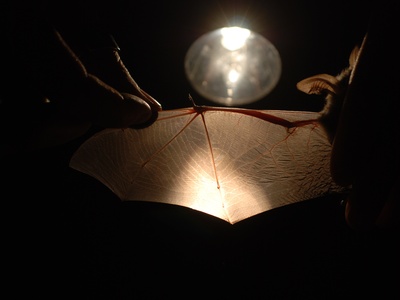
Bechstein’s Bat
A true forest specialist, this rare bat depends on ancient, hollow trees for roosting. It is endangered in Denmark due to modern forestry removing the veteran trees it needs, confining it to a few protected forests on Lolland and Sjælland.
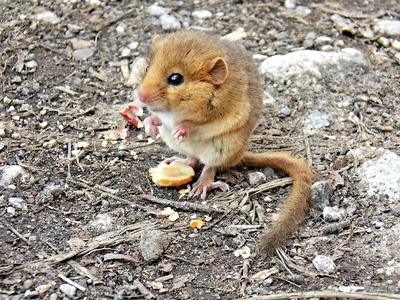
Hazel Dormouse
This tiny, nocturnal rodent is threatened by habitat fragmentation. It cannot cross open fields, so the loss of old hedgerows and continuous forest cover isolates its populations, primarily in southern Jutland. Special bridges are built to help them cross roads.

European Polecat
The wild ancestor of the ferret, the polecat has declined due to the drainage of wetlands and historical persecution. While recovering in parts of Jutland, it remains vulnerable to traffic-related deaths and the continued loss of its preferred hunting grounds.
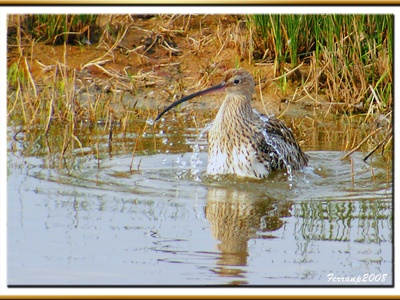
Eurasian Curlew
Known for its haunting, bubbling call, the curlew is critically endangered as a breeding bird in Denmark. Intensive agriculture and predation have destroyed its nesting sites, causing a catastrophic decline to just a handful of breeding pairs in the entire country.
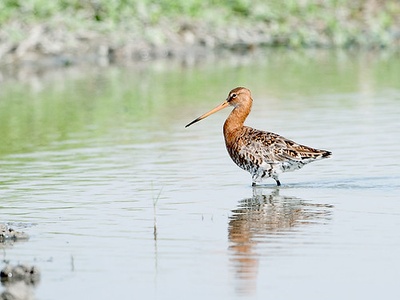
Black-tailed Godwit
This elegant wader is on the brink of extinction as a breeding bird in Denmark. The drainage and conversion of wet meadows for farming have eliminated its nesting and feeding habitat, leaving a tiny, fragile population in reserves like Vejlerne.
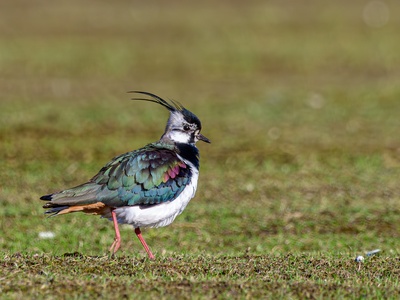
Northern Lapwing
Once a common farmland bird with a spectacular tumbling flight, the lapwing is now endangered. Intensified agriculture, with early mowing and crop monocultures, destroys nests and removes the insect food that its chicks need to survive, causing populations to plummet.

Ruff
Famous for the male’s spectacular breeding collars, the ruff is critically endangered as a Danish breeding bird. The loss of traditionally grazed, wet meadows has almost entirely wiped out the population, which now clings to survival in a few key nature reserves.
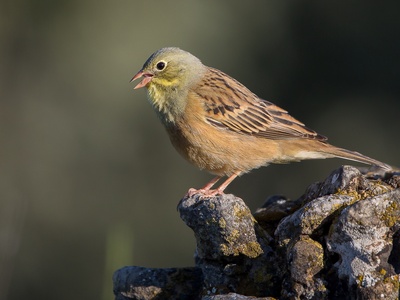
Ortolan Bunting
This colorful songbird is now considered functionally extinct as a breeding species in Denmark. The disappearance of small-scale, diverse agricultural landscapes has completely removed the mosaic of habitats it relied upon for nesting and finding insect food for its young.
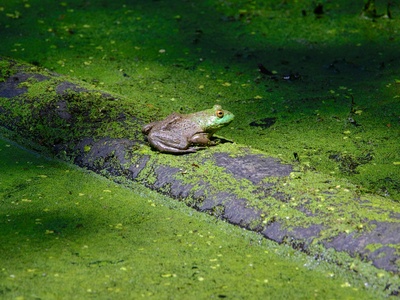
European Green Toad
This distinctively patterned toad is endangered due to habitat loss and fragmentation. It requires warm, shallow, temporary pools for breeding, which are disappearing due to land reclamation and agricultural drainage, restricting it mainly to the Danish islands.
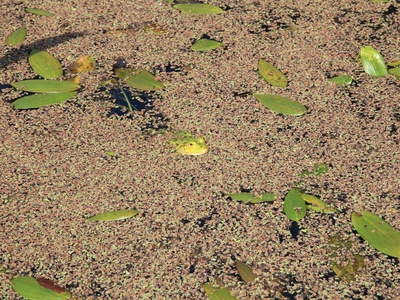
Pool Frog
In Denmark, this vibrant green frog is found only on the island of Bornholm. Its small, isolated population is endangered by the overgrowth of its sunny breeding ponds and the introduction of predatory fish, requiring active habitat management for its survival.
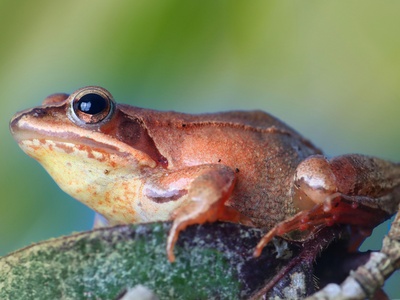
Agile Frog
Known for its incredible jumping ability, this frog is vulnerable in its limited range in southern Denmark. It is threatened by the loss of clean breeding ponds within forests and the drainage of surrounding woodland habitats, which it needs for foraging.

Sand Lizard
This colorful lizard needs open, sun-exposed sandy areas to thrive. It is vulnerable to habitat loss from coastal development, tourism, and the natural overgrowth of its heathland homes, primarily found along Jutland’s west coast and northern Sjælland.

Smooth Snake
This secretive and non-venomous snake is one of Denmark’s rarest reptiles. It is vulnerable due to the loss and fragmentation of its heathland habitat. Controlled burning and grazing are used to maintain the open, varied heather landscapes it requires.
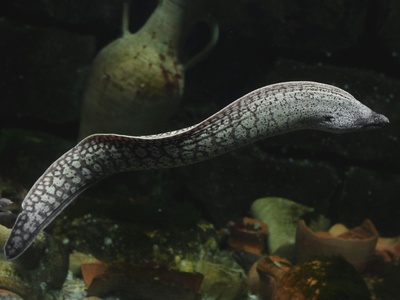
European Eel
This mysterious fish, which migrates across the Atlantic to breed, is critically endangered. Dams and weirs block its migration routes in rivers, while overfishing of its juvenile ‘glass eel’ stage has caused a devastating population collapse across Europe.

Houting
A unique member of the salmon family, the houting survives in just a few rivers in the Widen Sea National Park. It is vulnerable to poor water quality and man-made barriers like weirs that block its path from the sea to its upstream spawning grounds.
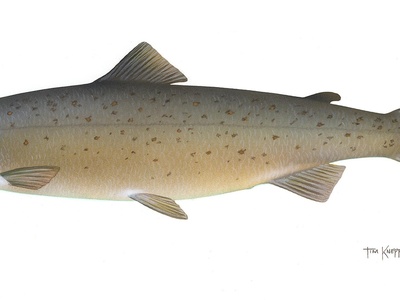
Atlantic Salmon
The “king of fish” is making a comeback in restored rivers like Skjern Å, but it remains vulnerable. Barriers in waterways, pollution, and climate change affecting water temperatures threaten its survival in both its freshwater and marine life stages.
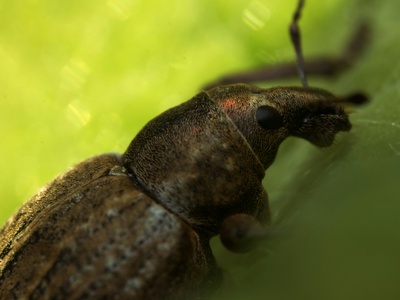
Hermit Beetle
This large, rare beetle lives its life inside the decaying wood of veteran trees, especially oaks. It’s endangered because modern forestry has removed the very old, sun-exposed trees it needs, leaving only small, isolated populations in southern Denmark.
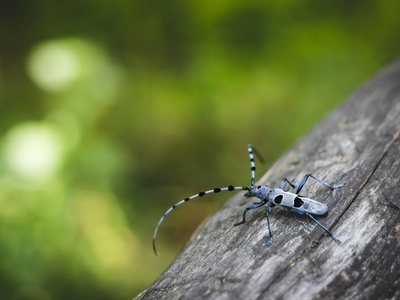
Rosalia Longicorn
This stunningly beautiful blue beetle is critically endangered in Denmark. It depends entirely on dead or dying beech trees in sunny locations, a habitat that has become exceptionally rare due to forestry practices that remove deadwood.
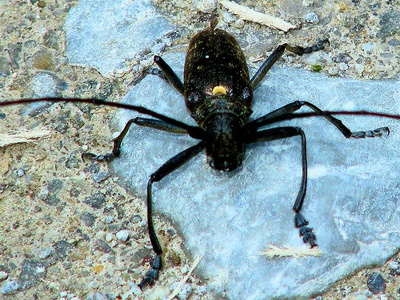
Great Capricorn Beetle
One of Europe’s largest beetles, it is critically endangered in Denmark, found only in a few ancient oak forests like Jægerspris Nordskov. Its larvae need the unique conditions of very old, sun-warmed oaks, a habitat that has all but vanished.

Alcon Blue
This butterfly has a remarkable life, with its caterpillars being raised by ants. It is vulnerable because its entire existence depends on the Marsh Gentian plant and specific ant species, both of which are threatened by drainage and habitat overgrowth.
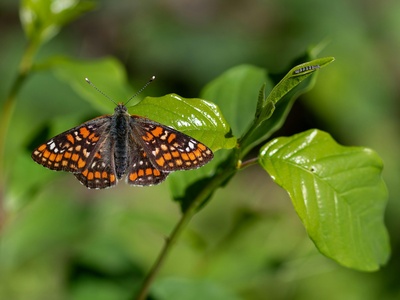
Scarce Fritillary
This striking butterfly is critically endangered and may already be extinct in Denmark. It requires a very specific habitat of sunny, moist ash forests, which has been devastated by drainage, dense commercial planting, and the spread of ash dieback disease.
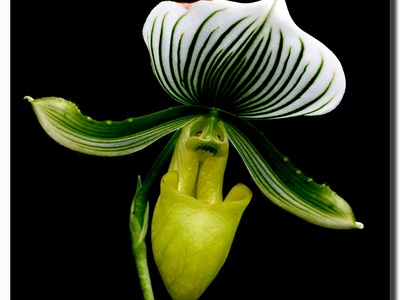
Lady’s Slipper Orchid
Denmark’s most spectacular orchid is endangered and found almost exclusively in Rold Skov. It is threatened by illegal collection, grazing by deer, and changes in light conditions as forests become denser, requiring careful and continuous management.
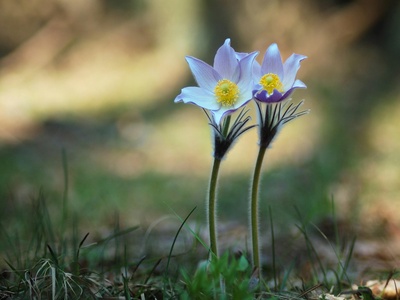
Pasqueflower
This iconic, purple, bell-shaped spring flower grows on ancient grasslands. It is vulnerable because these habitats are disappearing due to plowing, fertilization, and lack of grazing, which allows taller, aggressive grasses to shade it out.

Floating Water-plantain
This rare aquatic plant is an indicator of excellent water quality. It is endangered across Denmark by nutrient pollution from agriculture and wastewater, which clouds the water and encourages the growth of competing plants, destroying its fragile habitat.
